Lighting up some luxury Japanese sparklers bought from a supermarket checkout
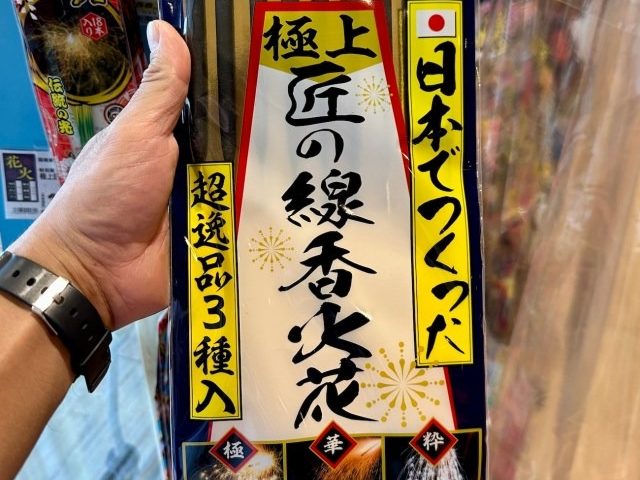
You’d be hard-pressed to find a better sparkler than these.
As the temperature steadily rises in Japan, it’s once again summer and as always, people’s thoughts turn to lighting explosives on fire for pretty displays of pyrotechnics. And once again, our fireworks correspondent Masanuki Sunakoma is always on the lookout for new and interesting ways to have flammable fun.
Sometimes, however, the fireworks come to Masanuki when he least expects it. Such a thing happened the other day while shopping at the supermarket. Near the checkout was a display for sparklers, which is not uncommon for this time of year, but these were no ordinary sparklers.
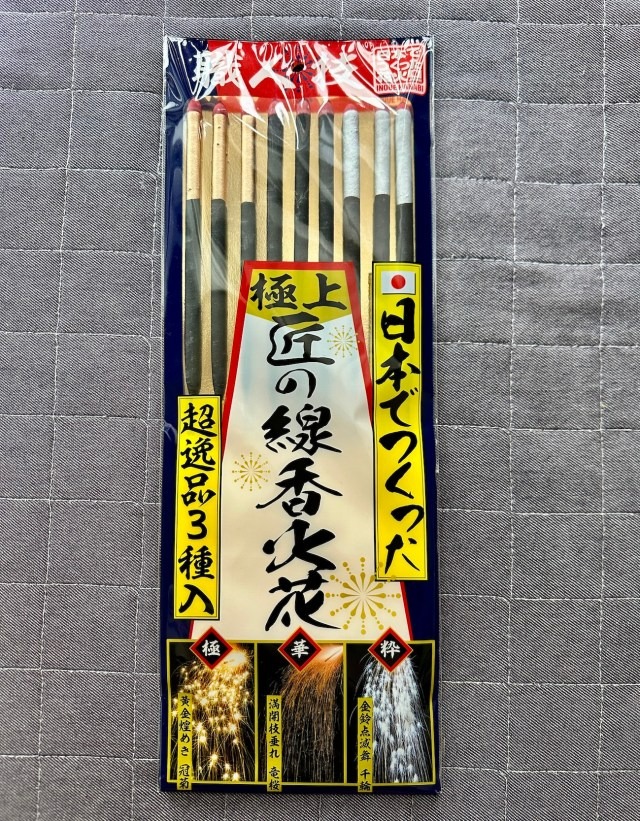
The product is called The Finest Artisanal Senko Sparks, and its package also boasts that they’re made in Japan. The set comes with three different types of sparklers, and if there was any doubt about its artisanal quality, the pack of nine sticks cost 1,298 yen (US$8) which is substantially more than most other sparklers on the market.
The price was enough to make Masanuki seriously think twice about buying it, but his duty as possibly the nation’s leading fireworks writer compelled him to see what the deal was. He bought the artisanal sparklers and took them home for testing.
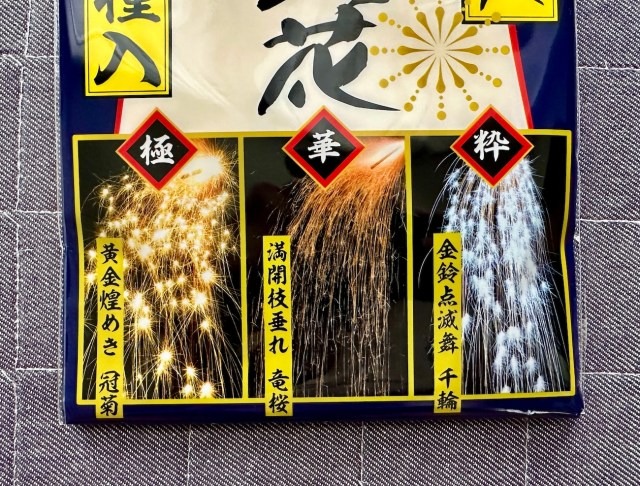
After purchasing, our reporter checked the package more closely and learned that they were made by Inoue Toy Fireworks in Shizuoka Prefecture. In Japan, there is a slightly different variation of sparklers, known as senko hanabi, which translates literally as “incense fireworks.” These have pretty much the same incense-stick-like look of sparklers but aren’t quite as explosive as ones found in other countries. In fact, some might even say they have a somber quality as the sparks mainly fall to the ground, rather than burst in every direction, before quickly fizzling out into oblivion.
That being said, these aren’t even senko hanabi (線香花火). If you look closely at the package, it says “senko hibana” (線香火花) which translates to “incense sparks”. Perhaps the reversed kanji characters are a subtle way of shaking that understated, to some, bittersweetly ephemeral image and suggesting a more spectacularly long-lasting sparkler experience.
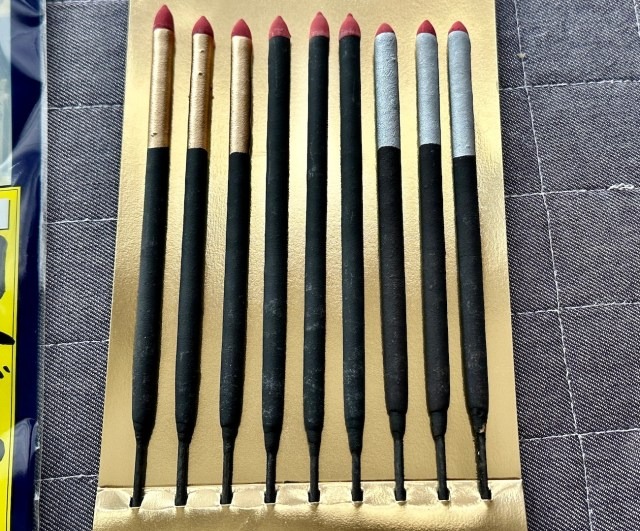
Masanuki decided to start with the Golden Sparkle Crown Chrysanthemum sparkler. “Crown Chrysanthemum” or “Kamurogiku” is a Japanese fireworks term that refers to an explosion that spreads more slowly.
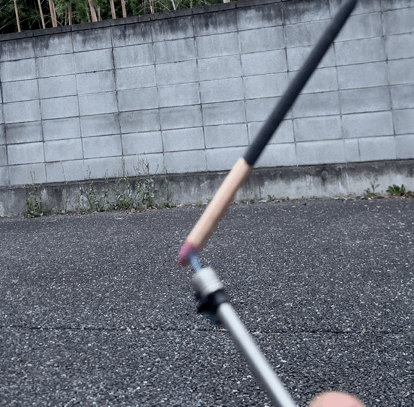
After lighting up the sparkler, a thick flurry of yellow sparks poured from the tip. And much like crown chrysanthemum fireworks, some of them appeared to bloom in a delayed way as they flew out from the stick. Senko hanabi are meant to be held pointing downward and even though these aren’t technically senko hanabi, Masanuki did it anyway just to be safe.
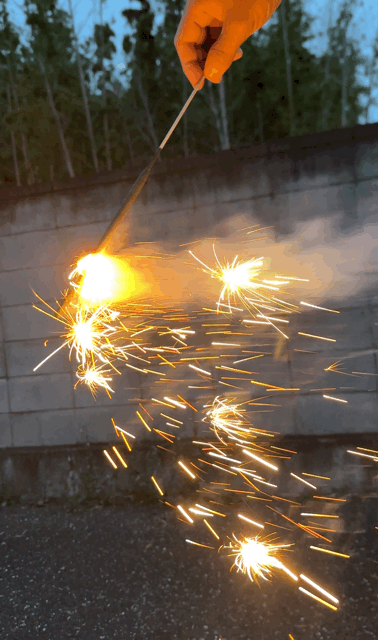
One thing Masanuki noticed was that these sparklers lasted much longer than most and took a good 45 seconds or so to burn completely. He really appreciated the soothing quality of sparklers that linger for a while instead of fizzling out right away.
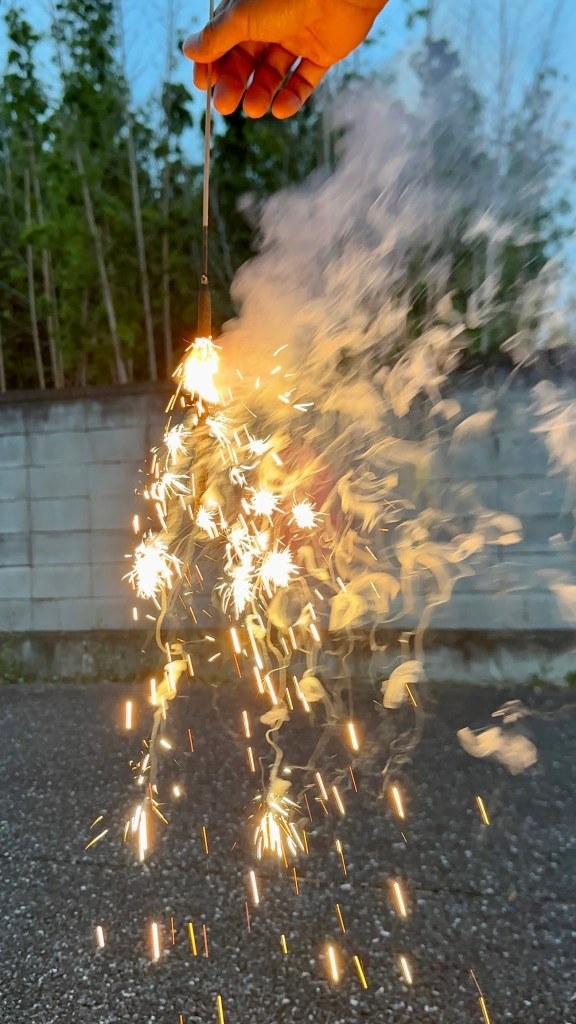
The next type was the Fully Bloomed Weeping Dragon Cherry Blossom. There is no actual weeping dragon cherry blossom tree, but the name is certainly evocative of what to expect with downward branching sparks that possess the delicacy of sakura with the fiery passion of a dragon’s blaze.
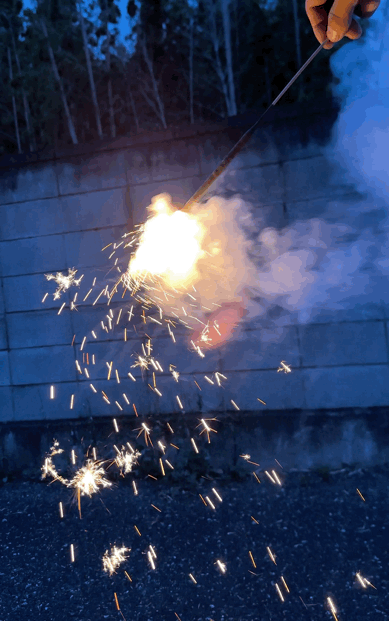
Unfortunately, it was unusually windy when Masanuki tried these sparklers. This disturbed the cascading effect the Fully Bloomed Weeping Dragon Cherry Blossom one was meant to produce. Despite that, it still had a long-lasting appeal that put it above any ordinary sparkler.
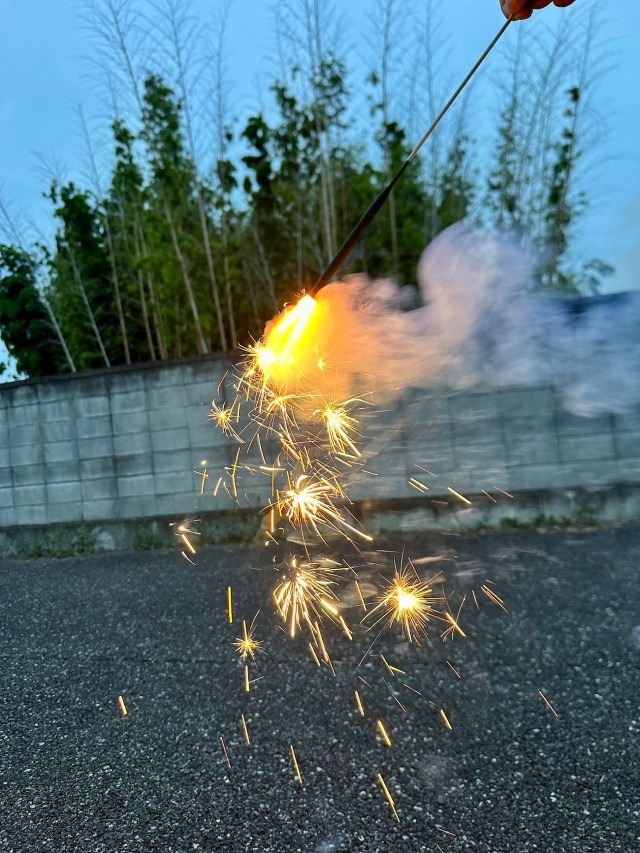
Last but not least was the Golden Bells Twinkling Dance of a Thousand Rings. It was a name that suggested a lively show, so Masanuki excitedly lit it up…
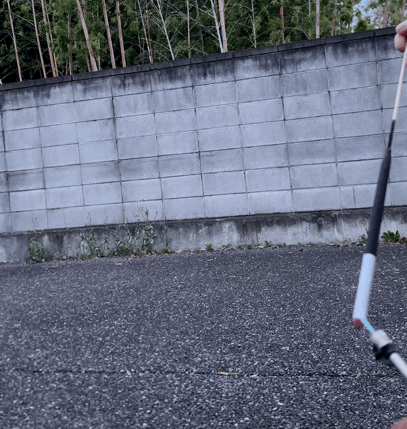
It did not disappoint and our writer enjoyed this one the most. In addition to the rapidly bursting sparks, it had a uniquely paler color than the others.
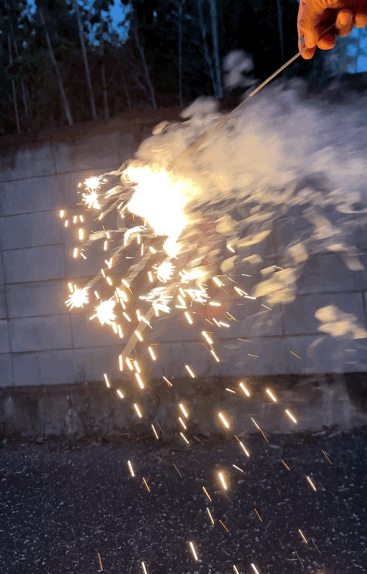
In addition to the length of time these sparklers lasted, their quality could be felt in other ways too. They didn’t crackle like ordinary sparklers tend to, rather they burnt with a soft and smooth fizzing sound. Also, the smoke was strangely pleasant and seemed to resemble cotton candy as it puffed from the flames.
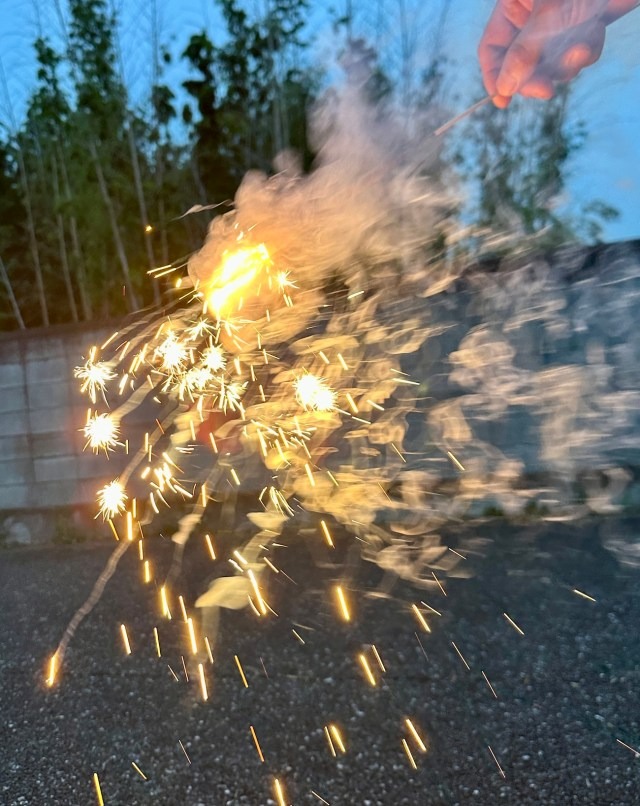
In conclusion, Masanuki can’t recall any sparklers better than these, although the one that burns underwater is a close second. However, he recommends using these in an intimate setting, alone or with a small group of people, where they can be properly appreciated.
Photos ©SoraNews24
● Want to hear about SoraNews24’s latest articles as soon as they’re published? Follow us on Facebook and Twitter!
Credit:

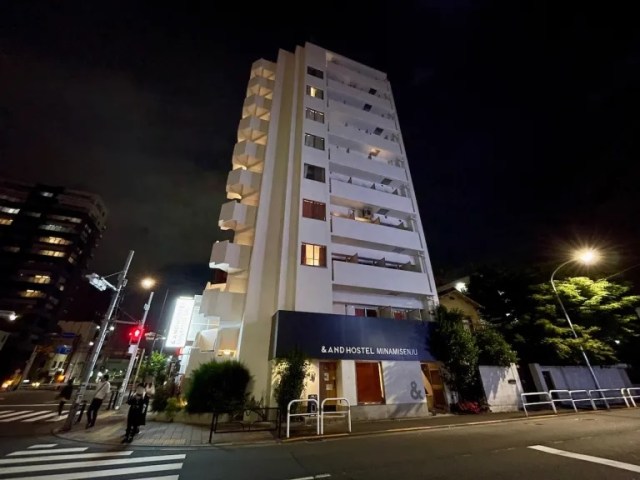
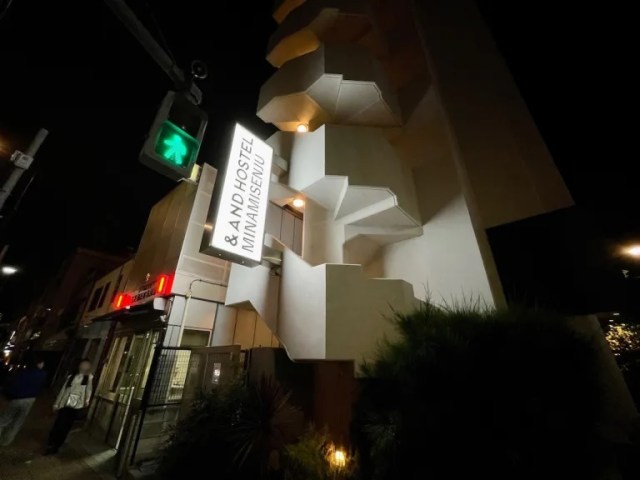
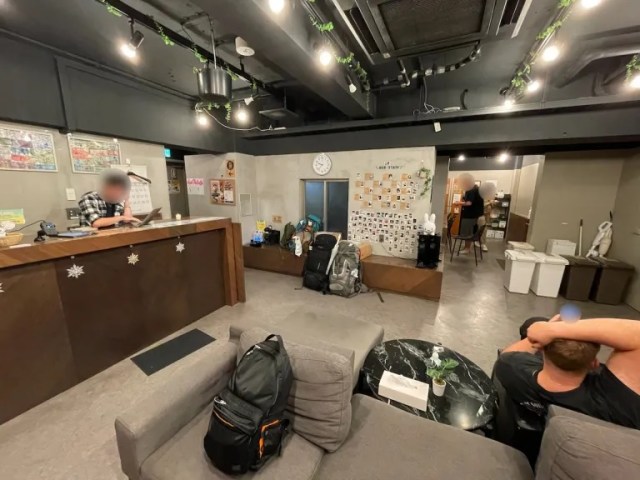
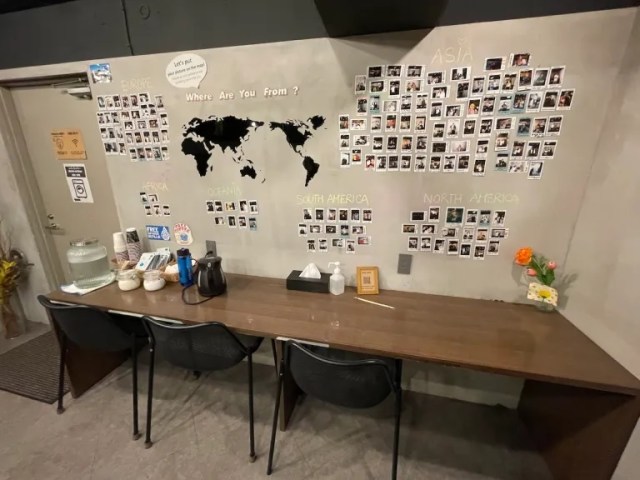
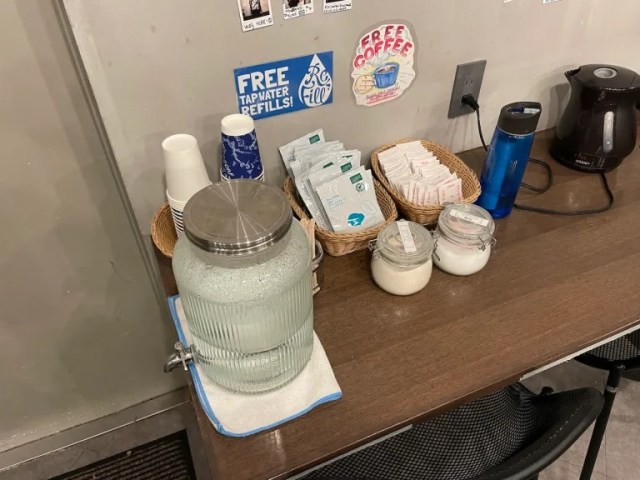
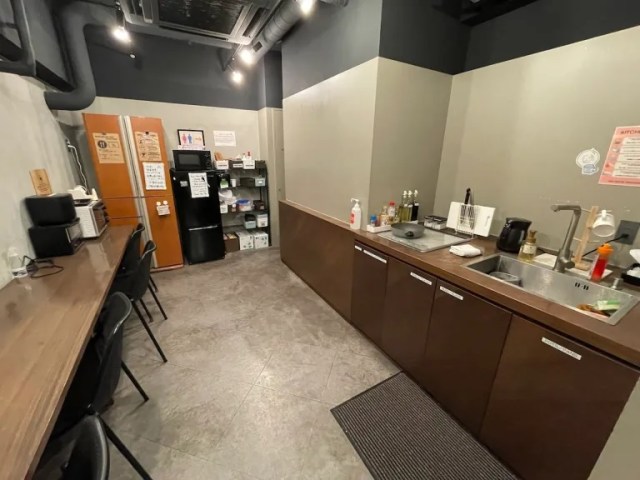
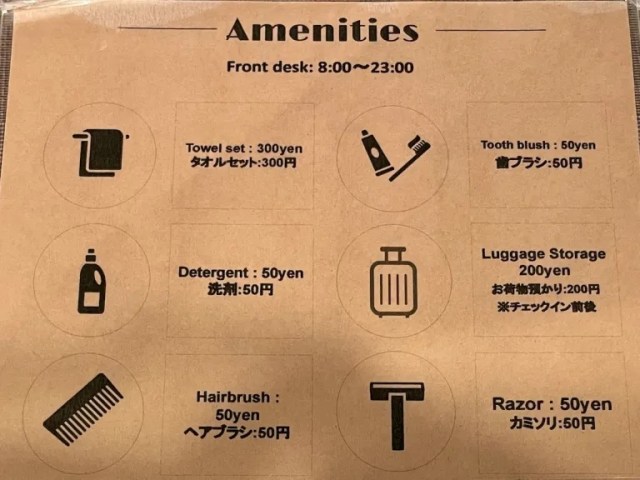
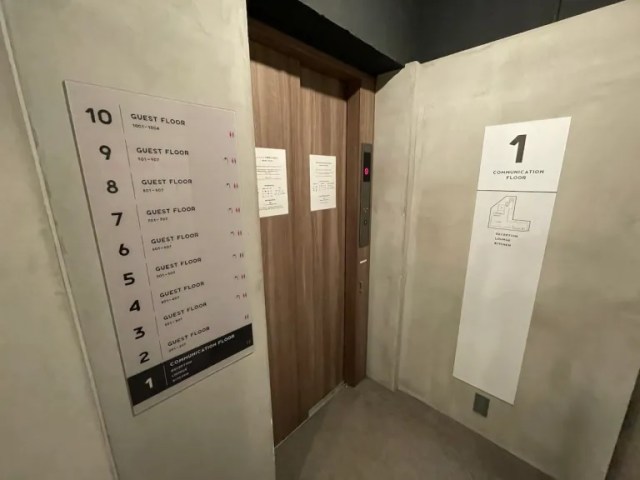
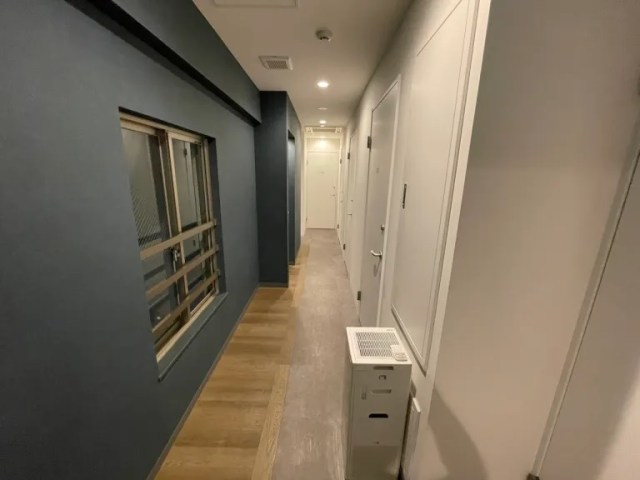
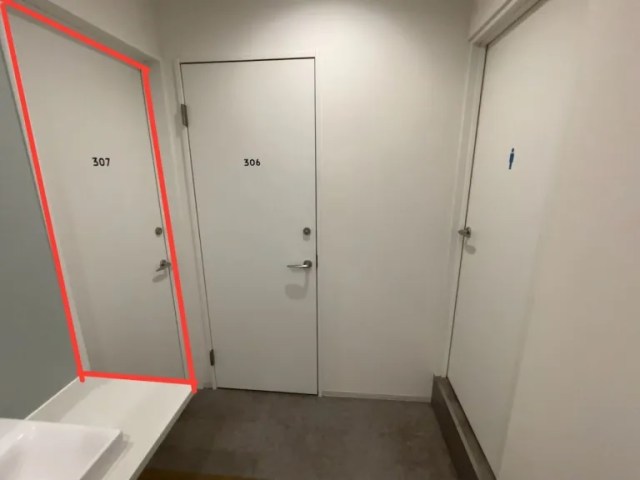
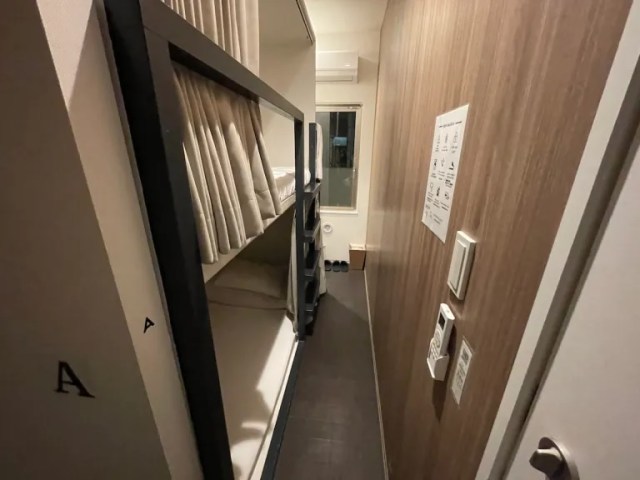
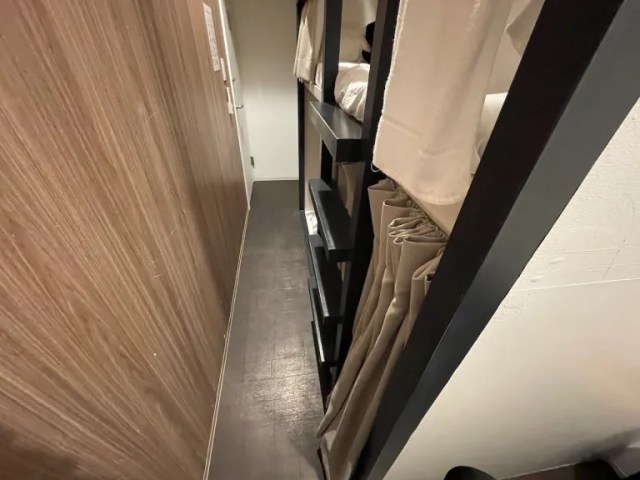
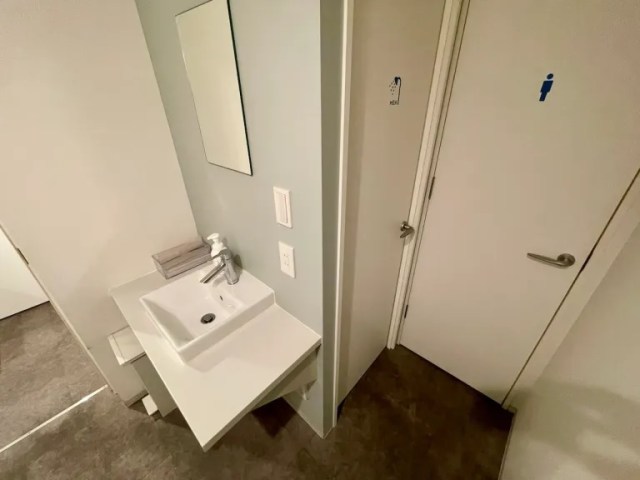
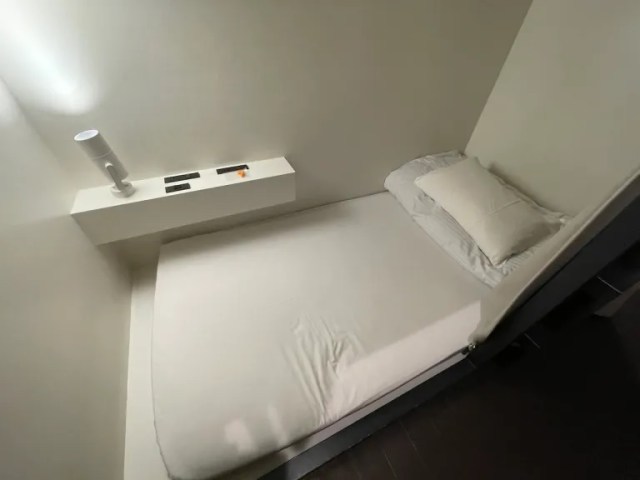
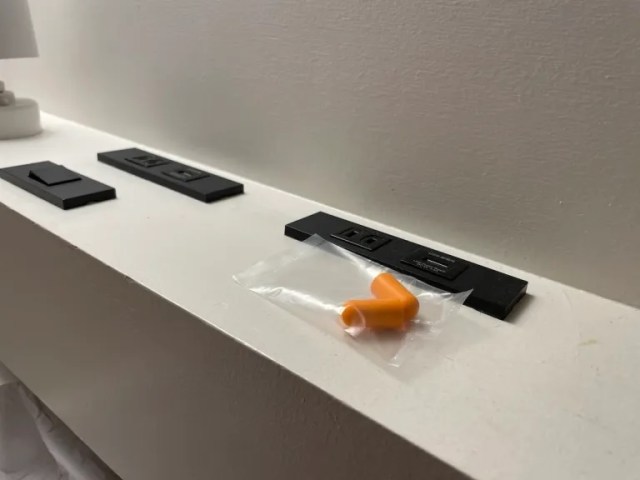
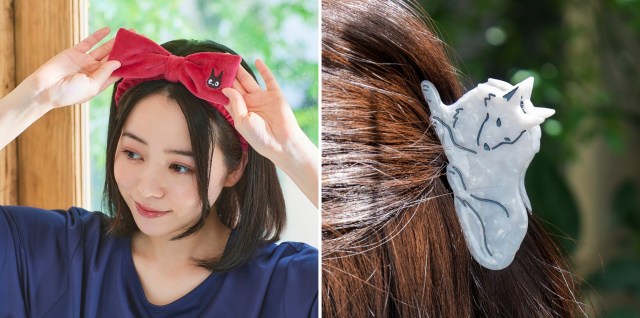
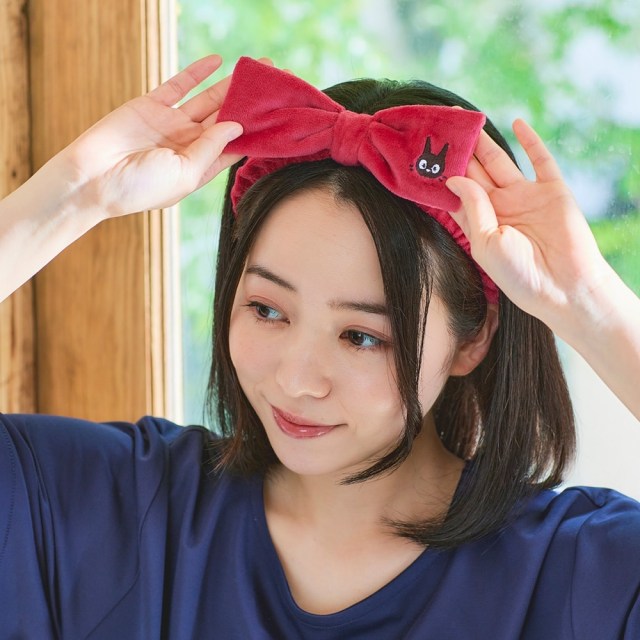
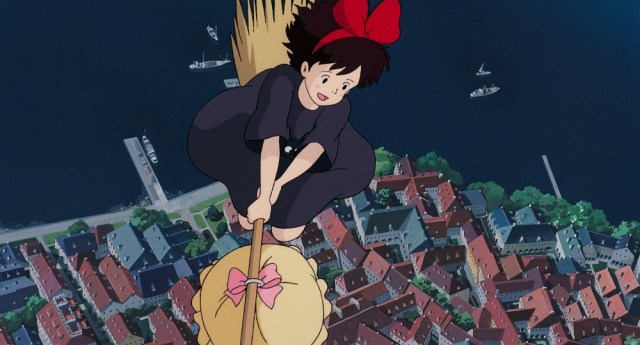
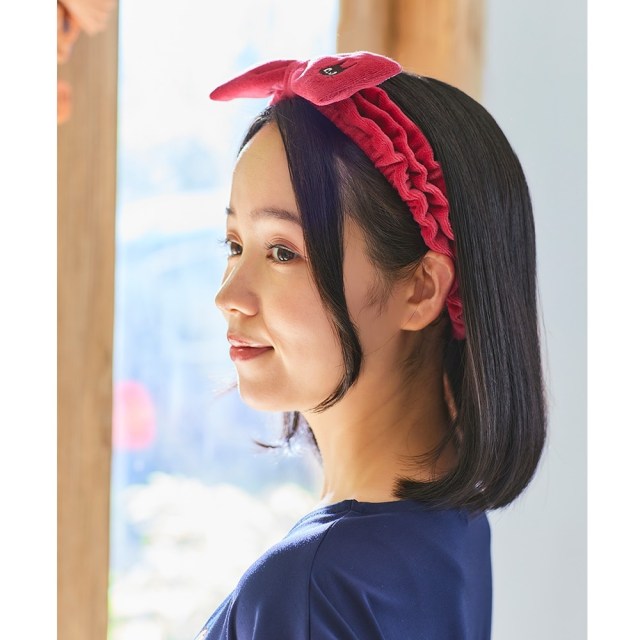
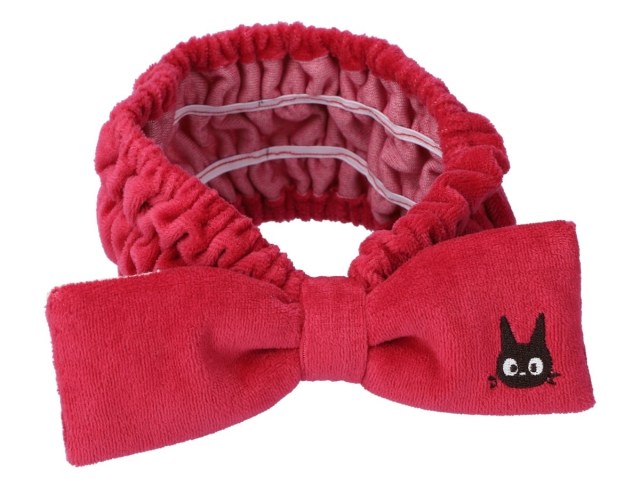
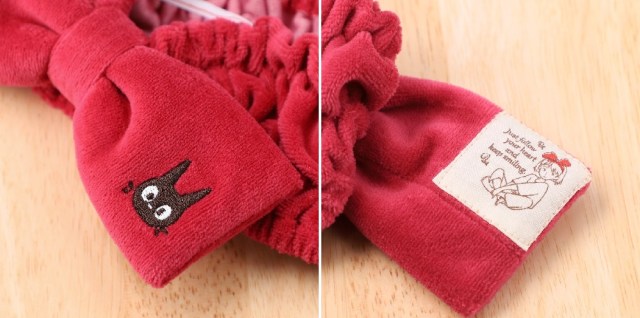
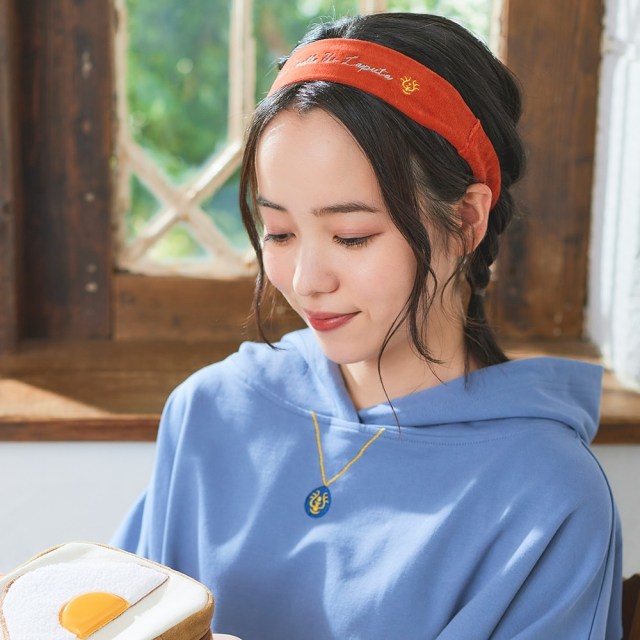
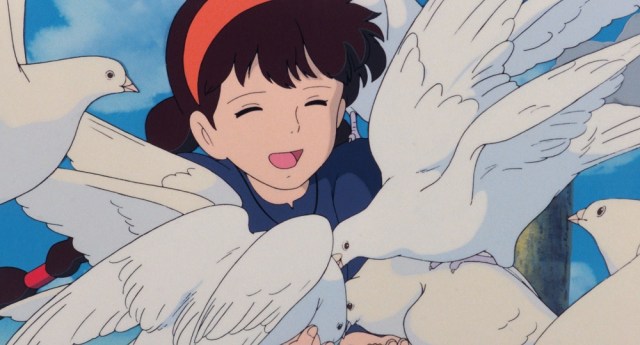
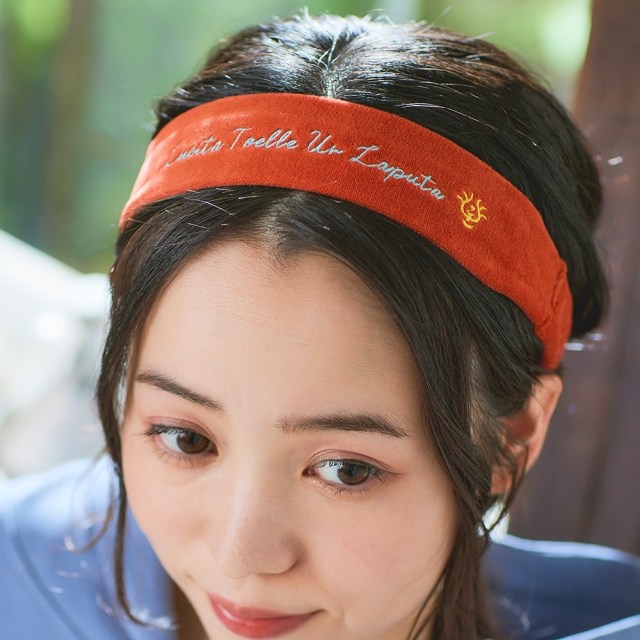
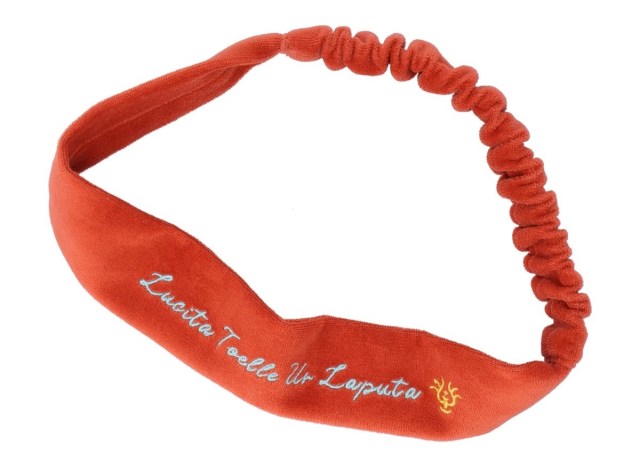
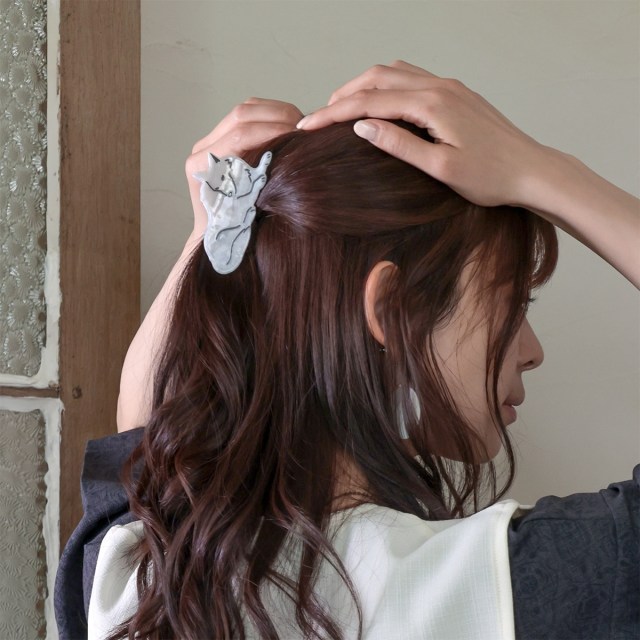

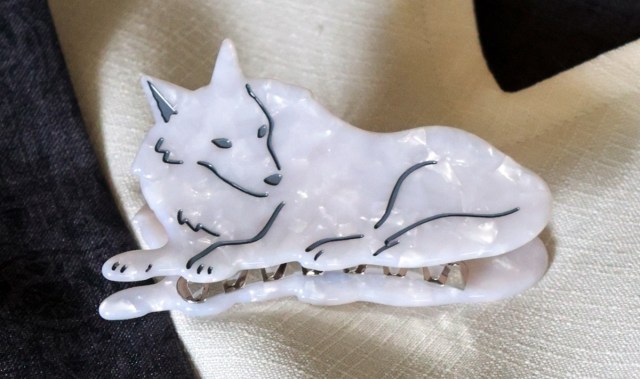
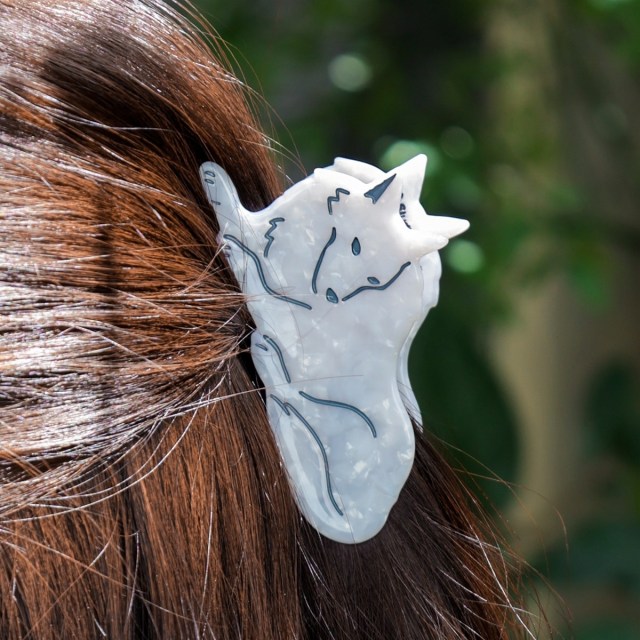
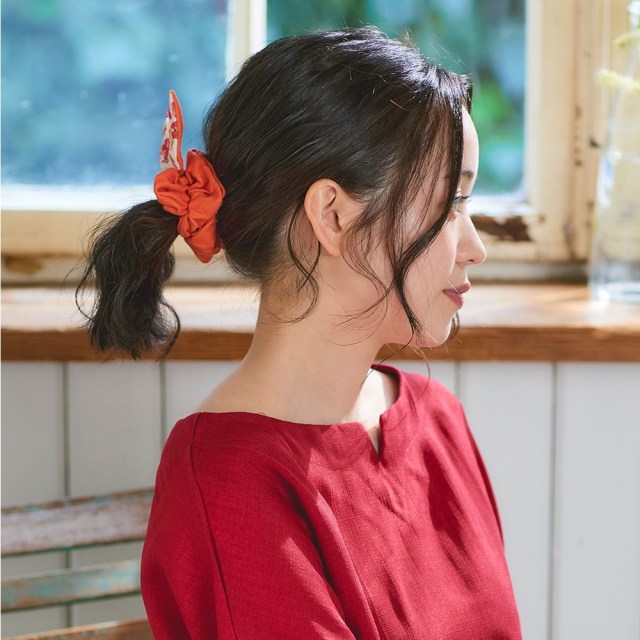
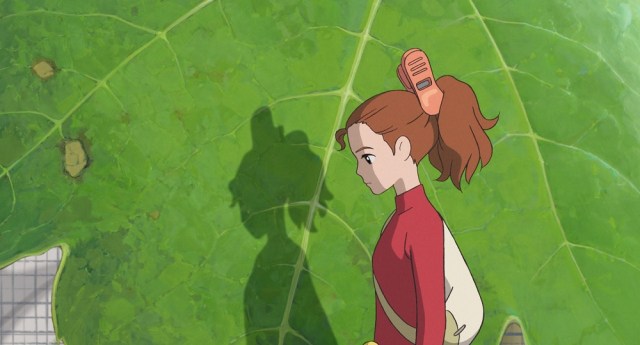
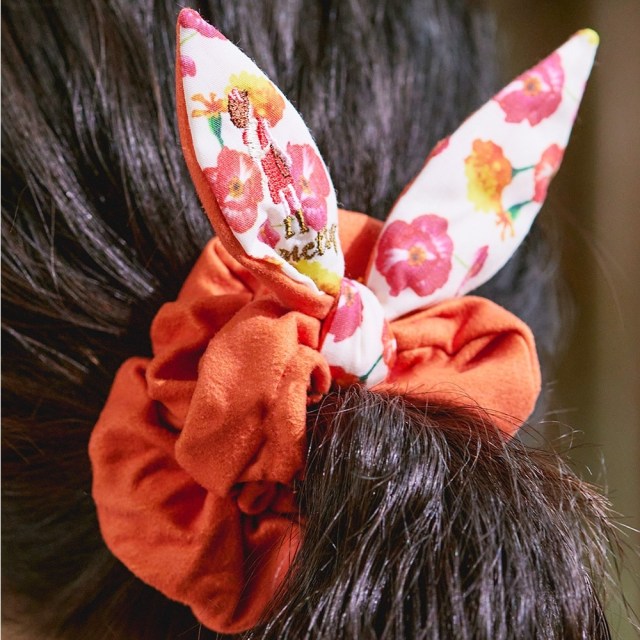
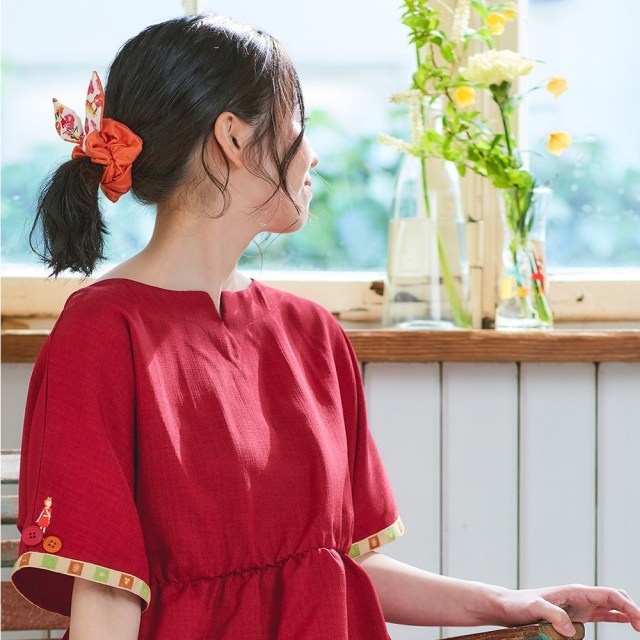
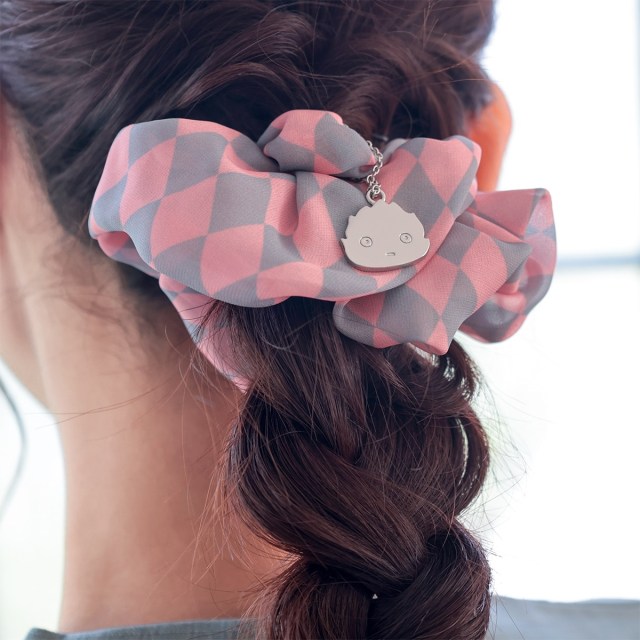

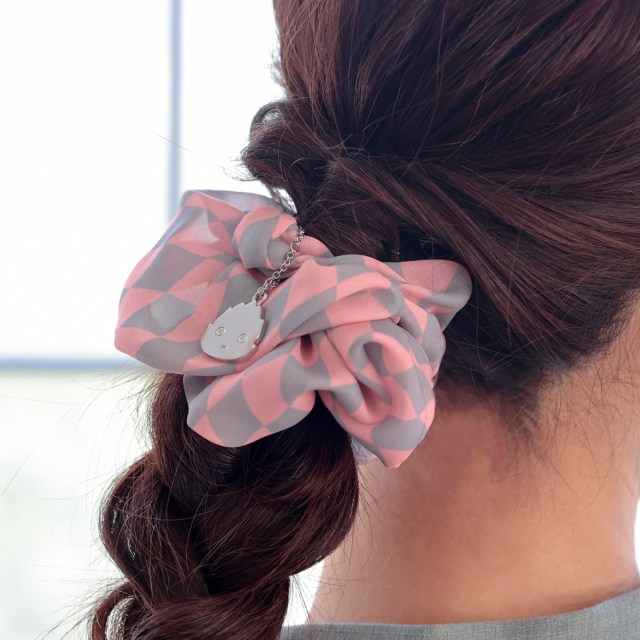
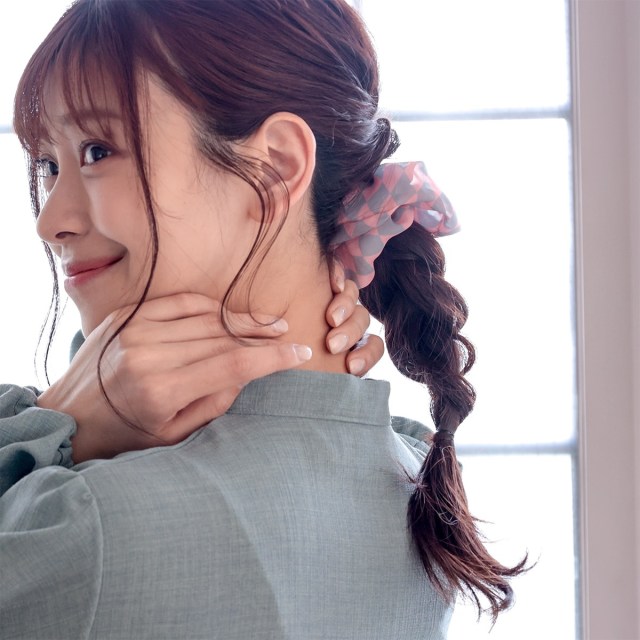
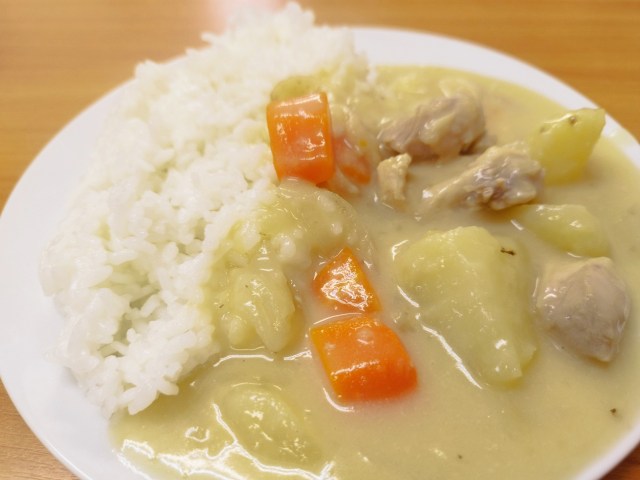
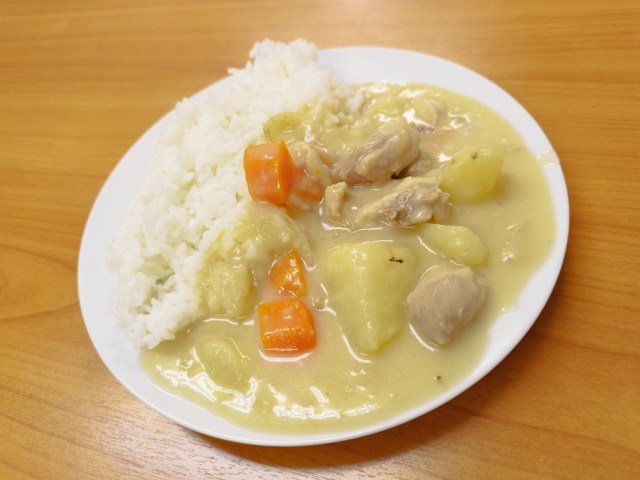
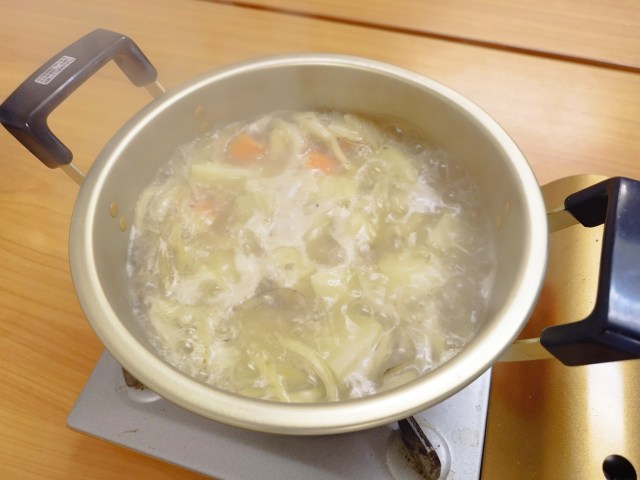
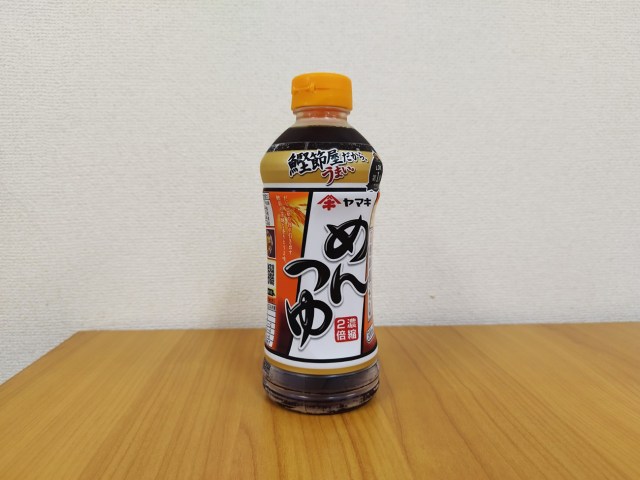
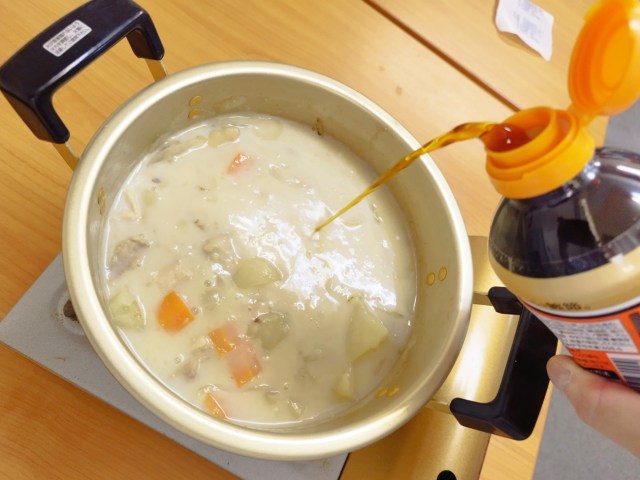
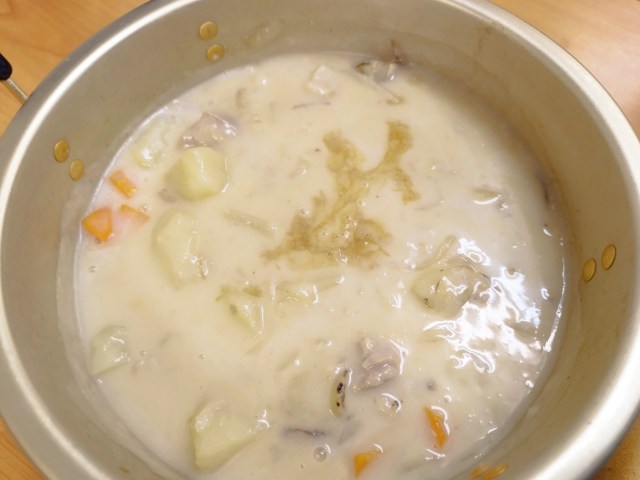
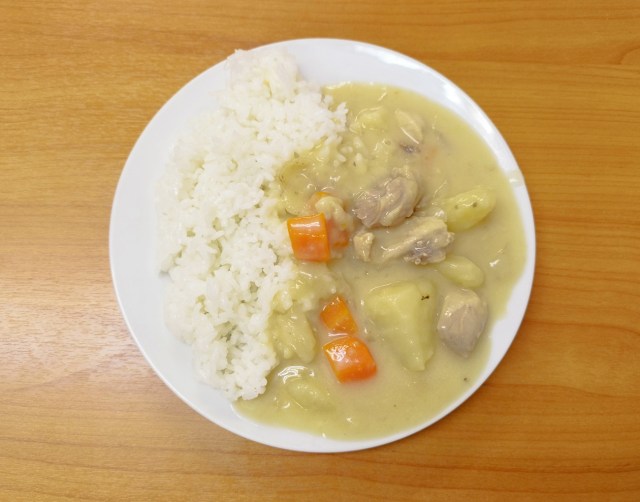
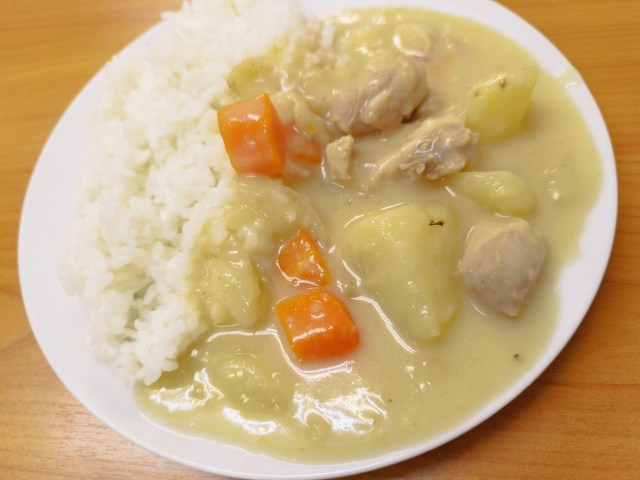
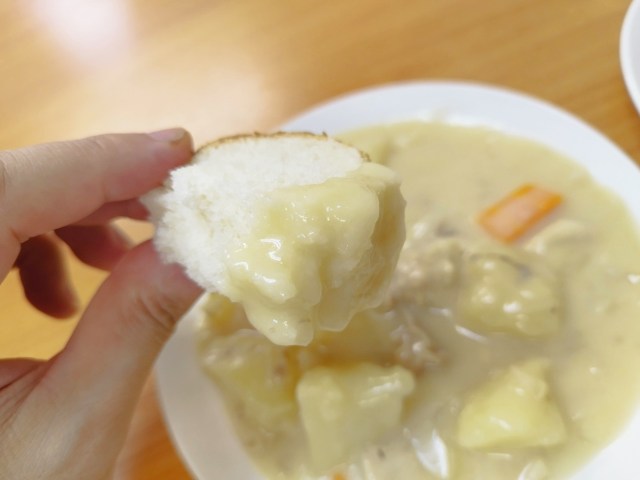
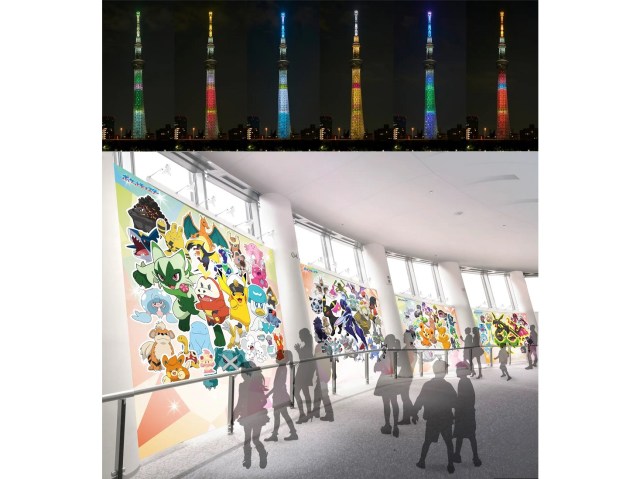

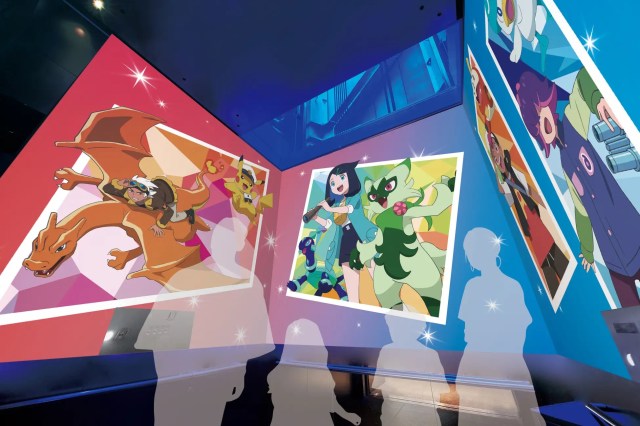

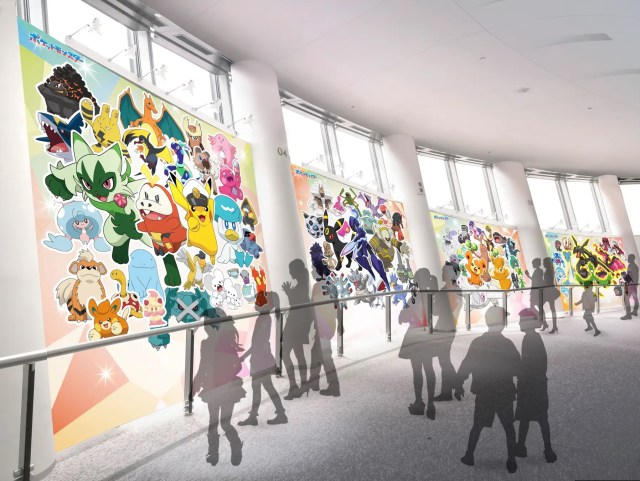
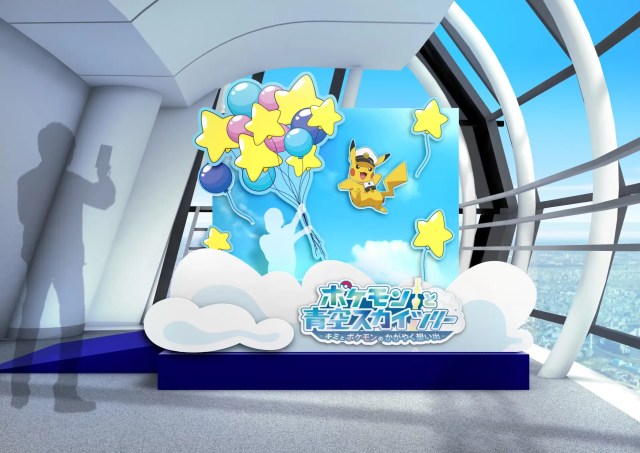

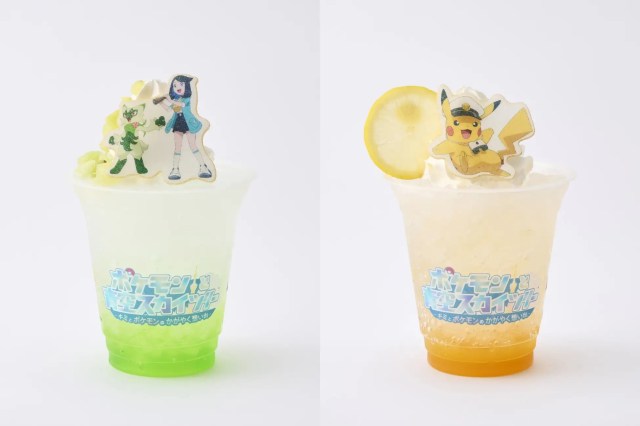
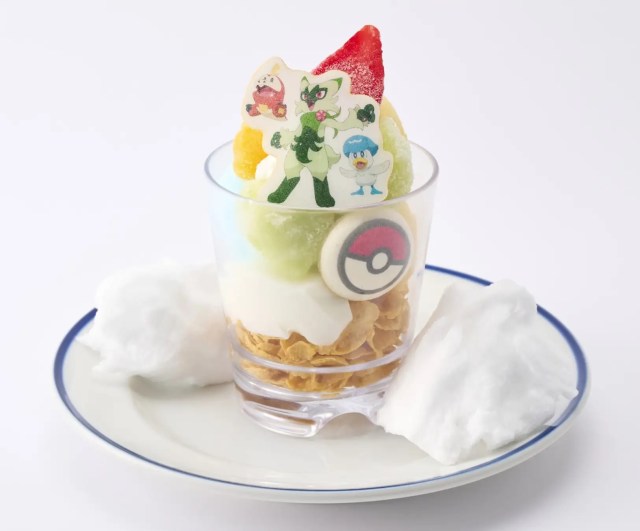

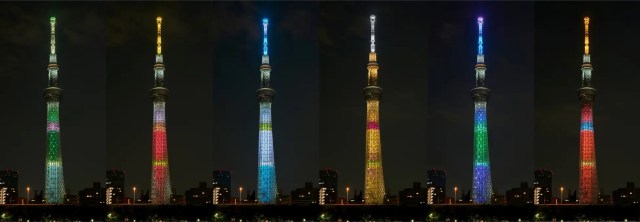
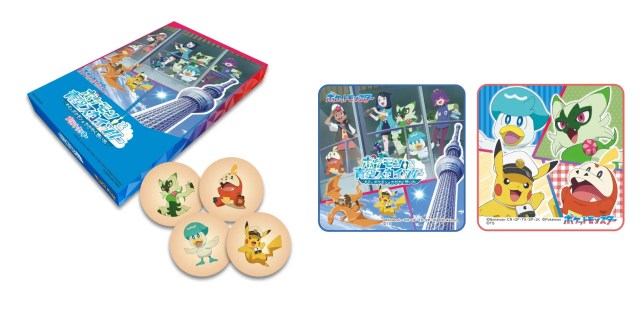


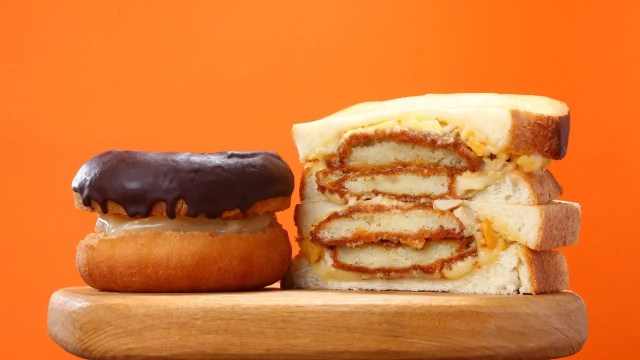
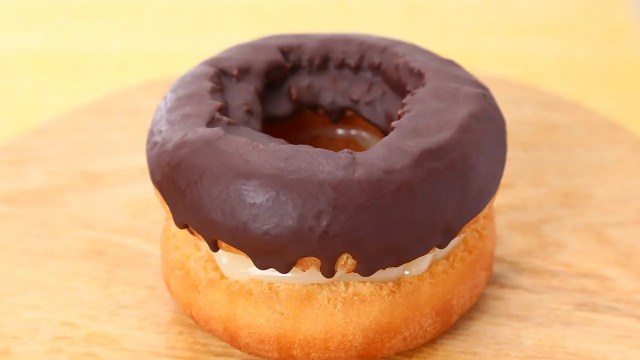
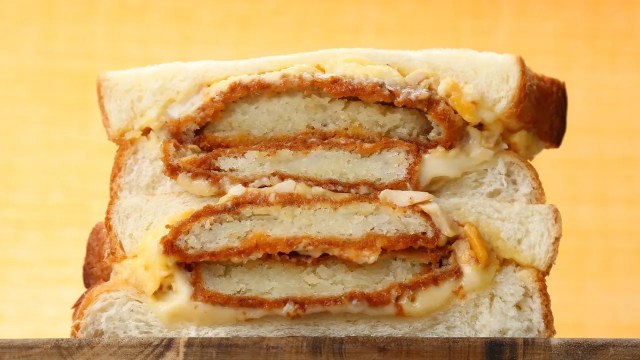
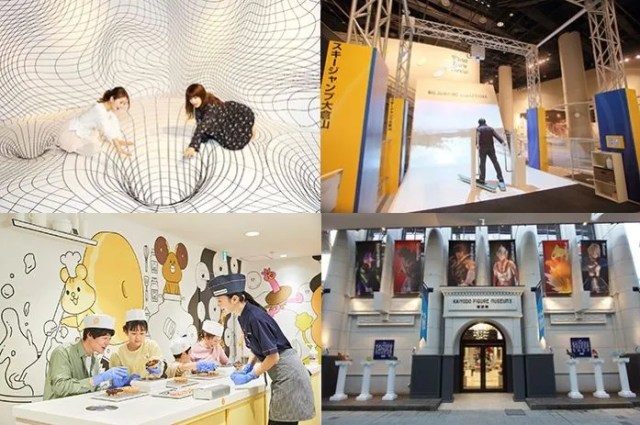
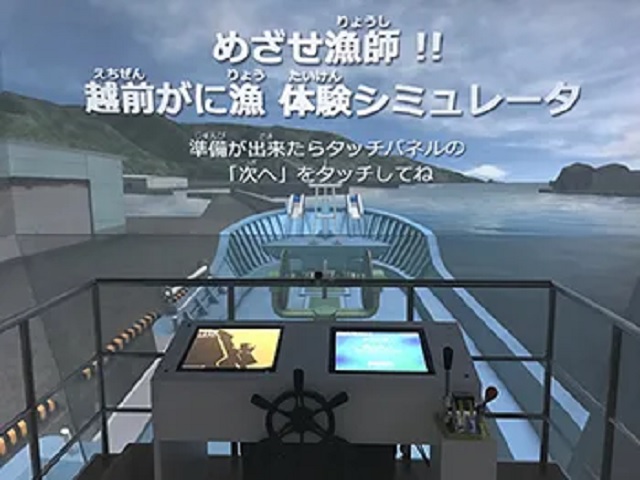
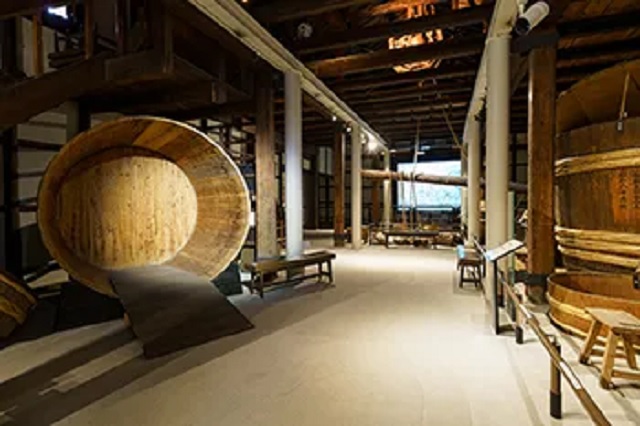
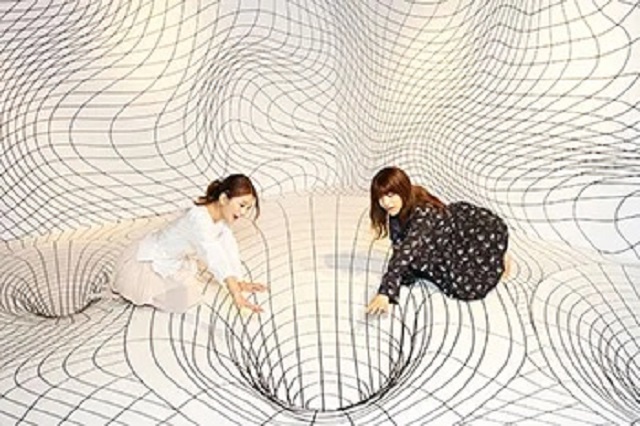
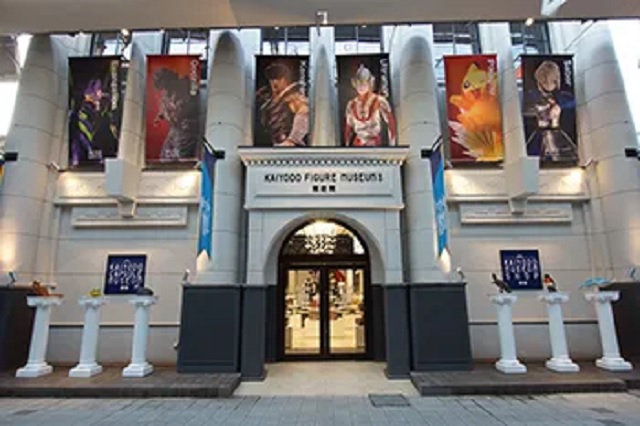
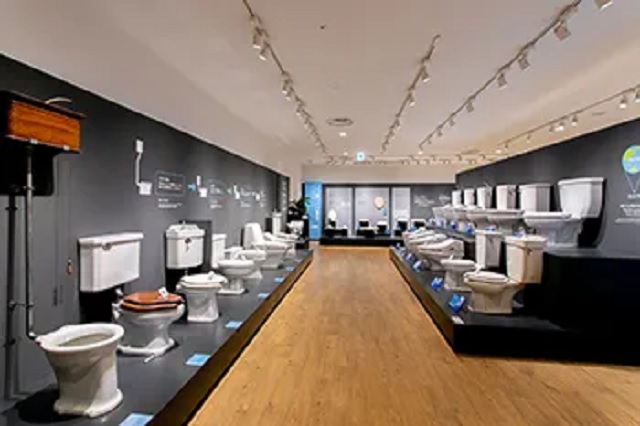
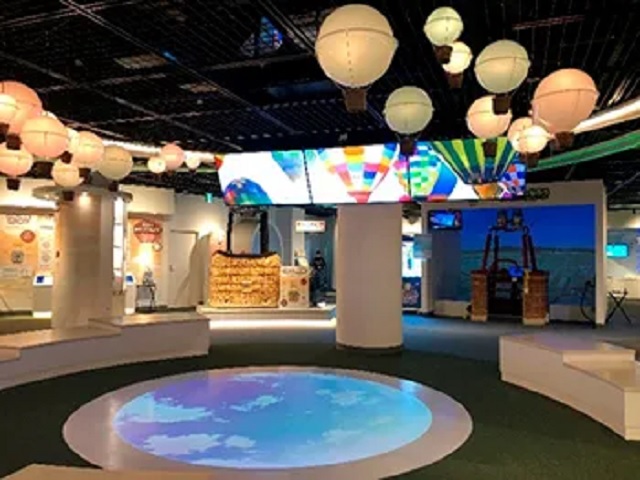
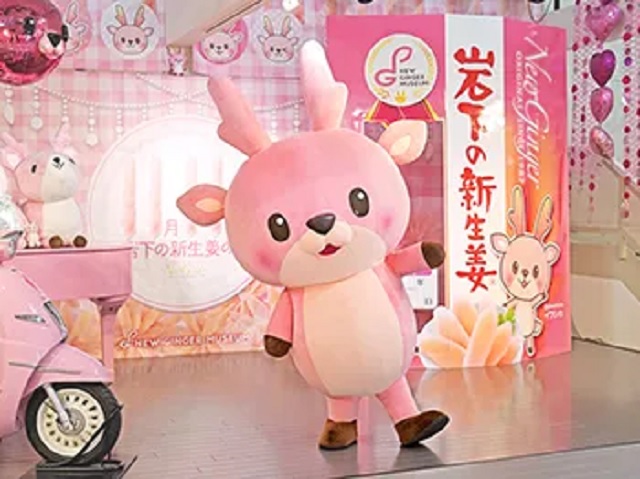
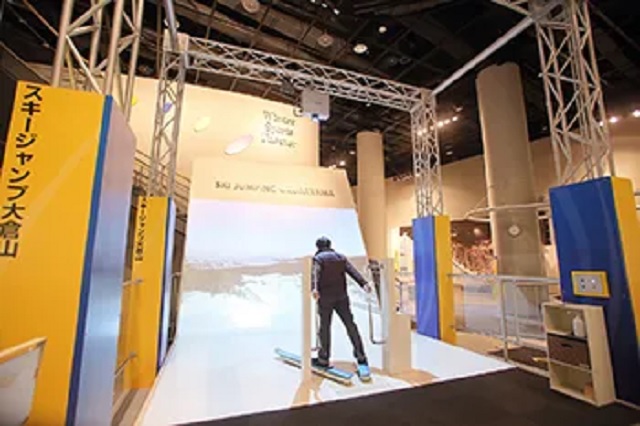
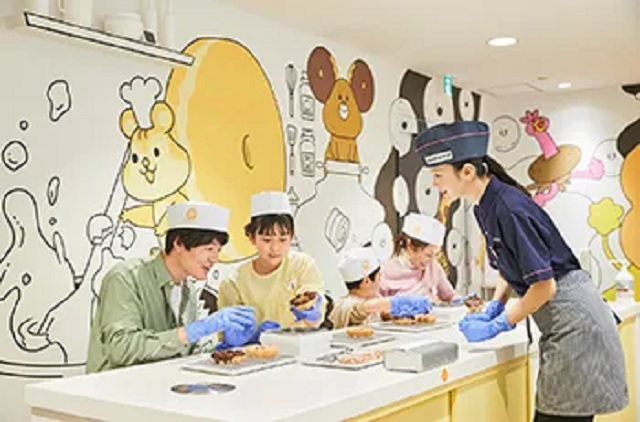

0 comments: